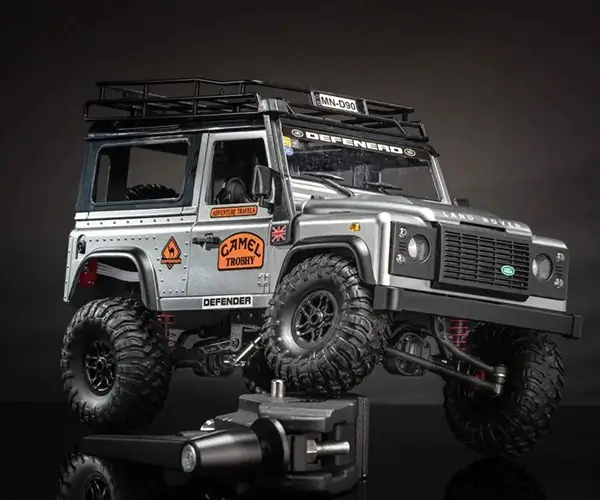Unlocking the Power of Arduino: A Comprehensive Guide to Interfacing the L298 DC Motor Driver
In the rapidly expanding world of DIY robotics and automation, controlling motors efficiently and reliably can be a game-changer for your projects. The L298 motor driver stands out as a popular, versatile solution—especially when paired with the Arduino microcontroller. Whether you're building a simple robot, an automated conveyor, or a more complex multi-motor system, understanding how to interface the L298 with Arduino unlocks endless possibilities.

Why Use an L298 Motor Driver?
At its core, the L298 is a dual H-bridge motor driver IC. It allows you to control the direction and speed of two DC motors independently. What makes the L298 appealing is its robust design, capable of handling current up to 2 amps per channel and voltage levels typically up to 35V.
Some of the key advantages include:
Bidirectional control: You can make motors run forward or backward. Speed modulation: Via PWM (Pulse Width Modulation), you can precisely vary motor speed. Multiple motors: Dual channel means you can control two motors simultaneously. Simple interfacing: The module is user-friendly, with accessible pins for easy wiring.
This component's accessibility, combined with its power capabilities, makes it perfect for hobbyists and students venturing into robotics.
Essential Components and Tools
Before diving into wiring and coding, ensure you have the following:
Arduino Uno or compatible microcontroller L298 motor driver module 12V or appropriate power supply for motors Two DC motors Jumper wires Breadboard (optional for prototyping) External power source (if motors demand more current than Arduino can provide)
Understanding the L298 Pinout
Here's an overview of the typical pins you'll use:
Input pins: IN1, IN2 (for motor A), IN3, IN4 (for motor B)—control the direction Enable pins: ENA, ENB—control whether motors are enabled and at what speed Motor output pins: OUT1, OUT2 (motor A), OUT3, OUT4 (motor B) Power supply pins: VCC (Logic voltage), +12V or motor voltage, GNDs
Getting familiar with the pinout is crucial for correct wiring—mistakes here can prevent your project from working or even damage components.
Part 2 will cover detailed wiring instructions, coding examples, troubleshooting tips, and some innovative project ideas to inspire your next motor control adventure. Stay tuned!
Leveraging innovations in modular drive technology, Kpower integrates high-performance motors, precision reducers, and multi-protocol control systems to provide efficient and customized smart drive system solutions.




































